Dutch dairy sector reduces antibiotic use
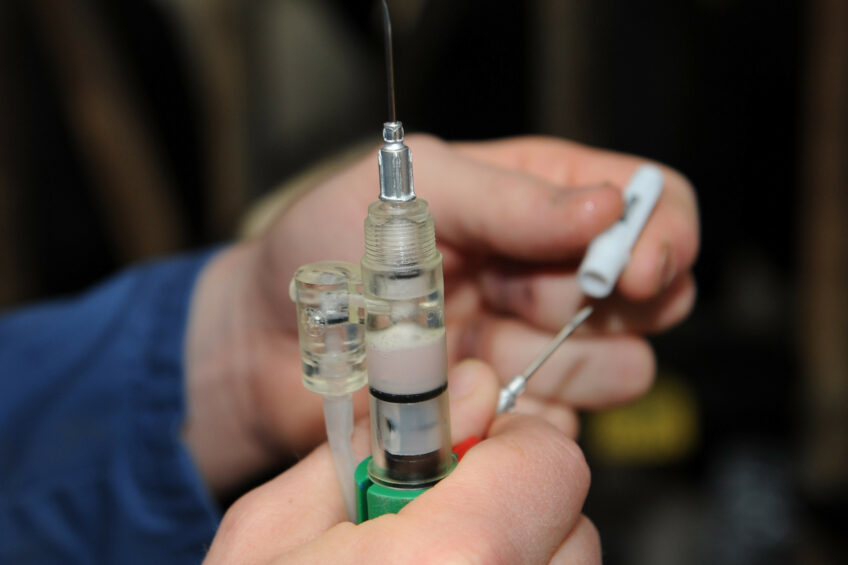
In 2016, the Dutch dairy sector realised a further reduction of total antibiotics, compared to the year before.
The use of antibiotics in the Dutch dairy sector has been reduced with 3.2%, according to the annual report from MARAN. In calves the antibiotic use has been reduced by 5.3%. However, in the category non-lactating cattle, an increase of 7% was noted, although total use in this group is very low. The group non-lactating other cattle are the male breeding cattle, male beef cows and bulls. The total volume of antimicrobial veterinary medicinal products for all livestock species sold in 2016 (176 tonnes) is 15% lower than 2015 (206 tonnes). In relation to 2009, the index year used by the Dutch government, last year’s antibiotic sales is even 64.4% lower. The antibiotic use in the Netherlands is measured in Defined Daily Dose Animal National (DDDA nat), which makes it easy to compare different years with each other.
Drop in critical antibiotic types
If we look at the type of antibiotics, we see that most classes of antibiotics showed a decrease in 2016. However, increased sales (total for all species) were noted for 1st and 2nd generation cephalosporins (+12%), amphenicols (+7%), other (+6%) and macrolides (+4%). Reductions in sales were realised for 3rd and 4th generation cephalosporins (-85%), polymyxins (-35%), tetracyclines (-24%), quinolones (-20%), aminoglycosides (-15%), fluoroquinolones (-15%), combinations (-14%), macrolides (-17%), penicillins (-15%) and trimethoprim/sulfonamides (-7%).

Resistance levels down
The reduction in total usage of antimicrobials in the Dutch livestock sector has an effect on the resistance levels, although for most drugs or drug classes there were notable variations in resistance levels between the different animal species.
Resistance in E. coli isolated from dairy cattle is very low compared to resistance levels observed in pigs, broilers and veal calves, reflecting the low use of antibiotics in this husbandry system. Resistance rates decreased compared to 2015, and overall rates remained below 2%. No resistance to 3rd generation cephalosporins was detected. Resistance data on white and rosé veal are reported separately. White veal calves are fattened on a milk diet with a required minimal uptake of roughage, while rosé veal calves are also fed corn silage, straw or pelleted feed. In both production systems most antibiotics are administered during the starting period. On average, in white veal calves, more antibiotics are used than in rosé calves. This results in a clear difference in resistance levels between the 2 husbandry types.
Sheep and goat resistance levels
In 2016 for the first time C. jejuni isolates from milk goats and milk sheep were tested for antimicrobial resistance. Like in the other animal species, resistance percentages were highest for ciprofloxacin, nalidixic acid and tetracycline, but at much lower levels (9.3% for both quinolones in goats and 11.8% for both quinolones in sheep, for tetracycline 9.3% in goats and 5.9% in sheep). Although no information is available on the usage of antimicrobials in goats and sheep the low resistance rates probably reflect relatively low use in these animals.
Join 13,000+ subscribers
Subscribe to our newsletter to stay updated about all the need-to-know content in the dairy sector, two times a week.
 Beheer
Beheer

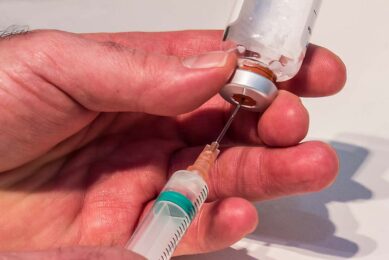
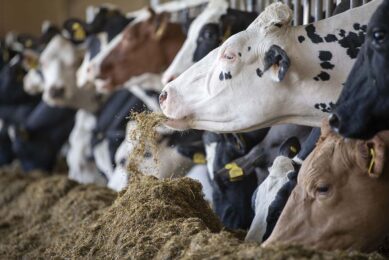
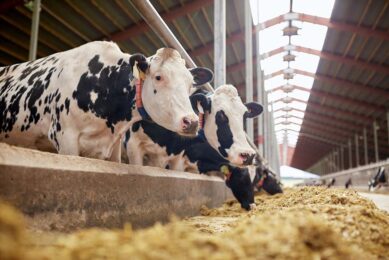

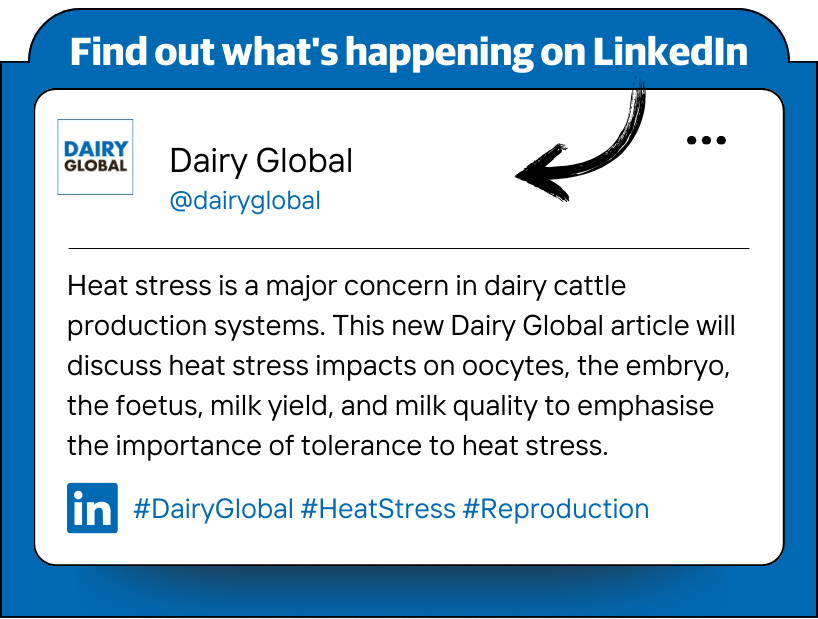



 WP Admin
WP Admin  Bewerk bericht
Bewerk bericht